The command prompt in Windows 10 is the shell environment where you can run text-based console tools and utilities by typing commands. Its UI is very simple and does not have any buttons or graphical commands. In this article, we'll see how to pin an elevated command prompt to taskbar or Start in Windows 10.
Advertisеment
Note: Microsoft has removed the command prompt entries from both the Win + X menu and the context menu in Windows 10 Creators Update. See Add Command Prompt back to Win+X Menu in Windows 10 Creators Update and Add Command Prompt to Context Menu in Windows 10 Creators Update to restore this functionality.
You can pin the Admin Command prompt command to the taskbar and/or to the Start menu in Windows 10. This will allow you to open a new elevated command prompt instance with one click. Let's see how it can be done.
To pin the Admin command prompt to the taskbar or Start in Windows 10, you need to do the following.
- Create a special shortcut to cmd.exe or modify properties of the regular shortcut.
- Pin it to the taskbar or Start.
Create a special Command prompt shortcut
There are two ways to create such a shortcut. The first method involves Task Scheduler and allows skipping the UAC prompt. It is reviewed in detail here:
Create elevated shortcut to skip UAC prompt in Windows 10
This is the recommended way to create the shortcut to the cmd.exe file.
The alternative way is to create a regular shortcut and then modify its properties to make it always run as Administrator. It will show you a UAC prompt every time you click it, but it is much easier to create it. Here is how.
- Right click the empty space on your Desktop. Select New - Shortcut in the context menu (see the screenshot).
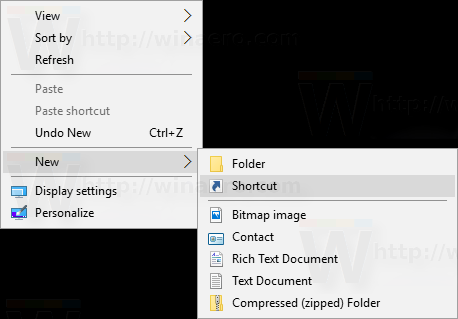
- In the shortcut target box, type or copy-paste the following:
cmd.exe /k
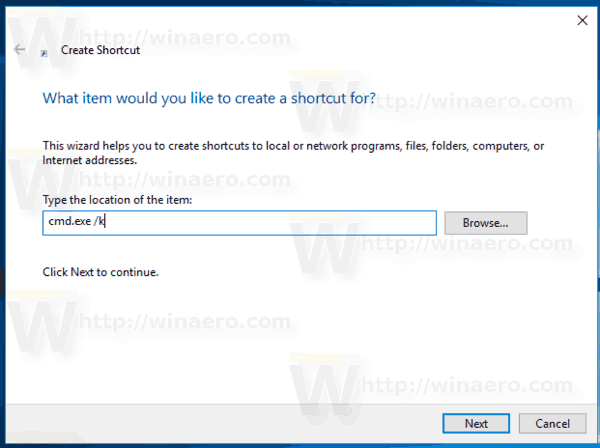
The command line option "/k" is not required if you need to pin the shortcut to the taskbar only, but it shouldn't be omitted in case of the Start menu. If you omit it, you will get the regular command prompt shortcut pinned to Start.
- Use the line "Command prompt (Admin)" without quotes as the name of the shortcut. Actually, you can use any name you want. Click on the Finish button when done.
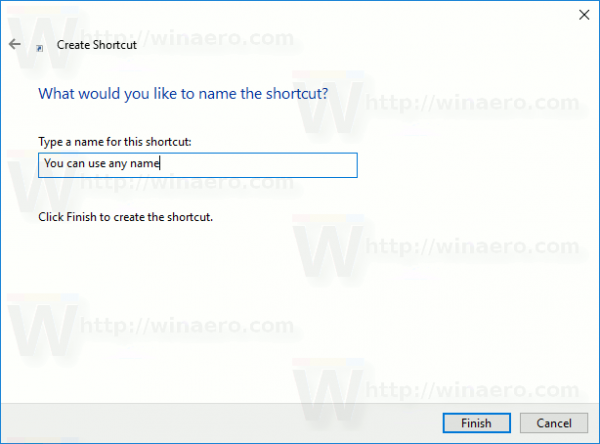
- Now, right click the shortcut you created and select Properties.
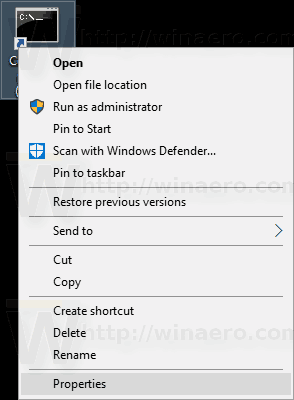
- On the Shortcut tab, click the "Advanced" button to open the Advanced properties dialog.
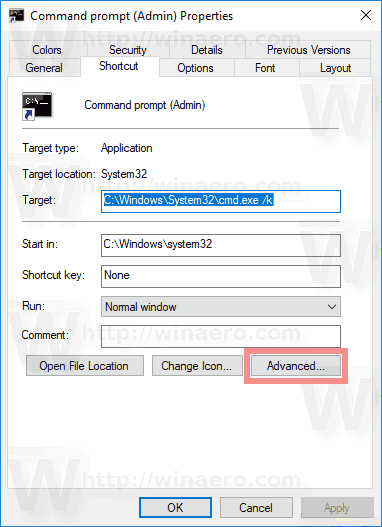
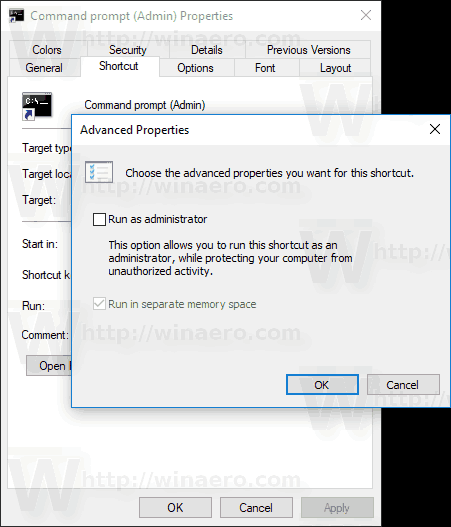
- Enable the option "Run as administrator" option as shown below and click the OK button.
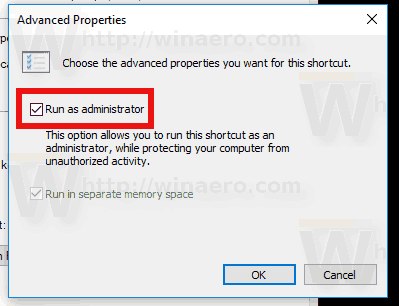
- Click Apply and OK to close the shortcut properties window.
Now, you can pin this shortcut to the desired location.
Pin the elevated command prompt shortcut to the taskbar or Start
Here is how.
- Right-click the shortcut you created to open its context menu.
- To pin it to the taskbar, select "Pin to taskbar".
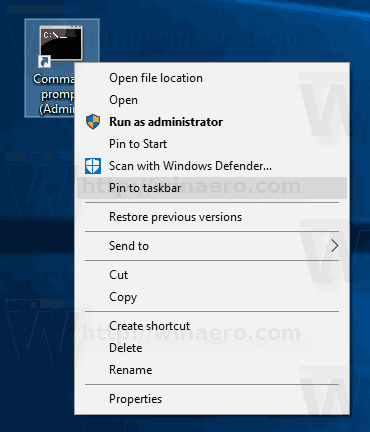
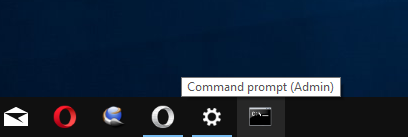
- To pin it to Start, select "Pin to Start".
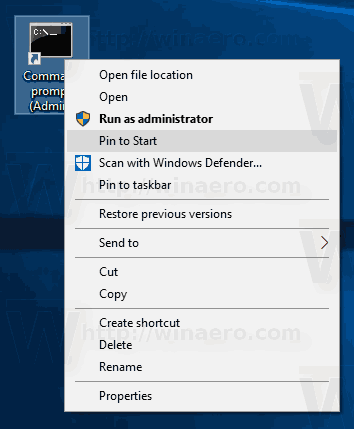
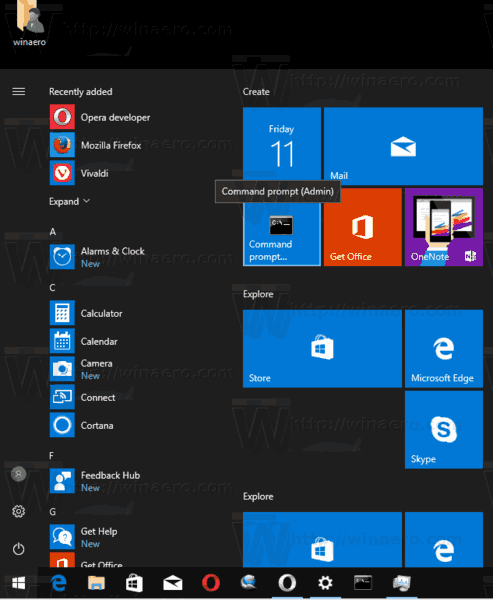
That's it.
Support us
Winaero greatly relies on your support. You can help the site keep bringing you interesting and useful content and software by using these options:
If you like this article, please share it using the buttons below. It won't take a lot from you, but it will help us grow. Thanks for your support!
Advertisеment

Ideally, it would be great if this could all be scripted / automated. It seems quite difficult to do so for some reason. Do you have a means to script these changes so that they can be applied automatically to a new system setup?